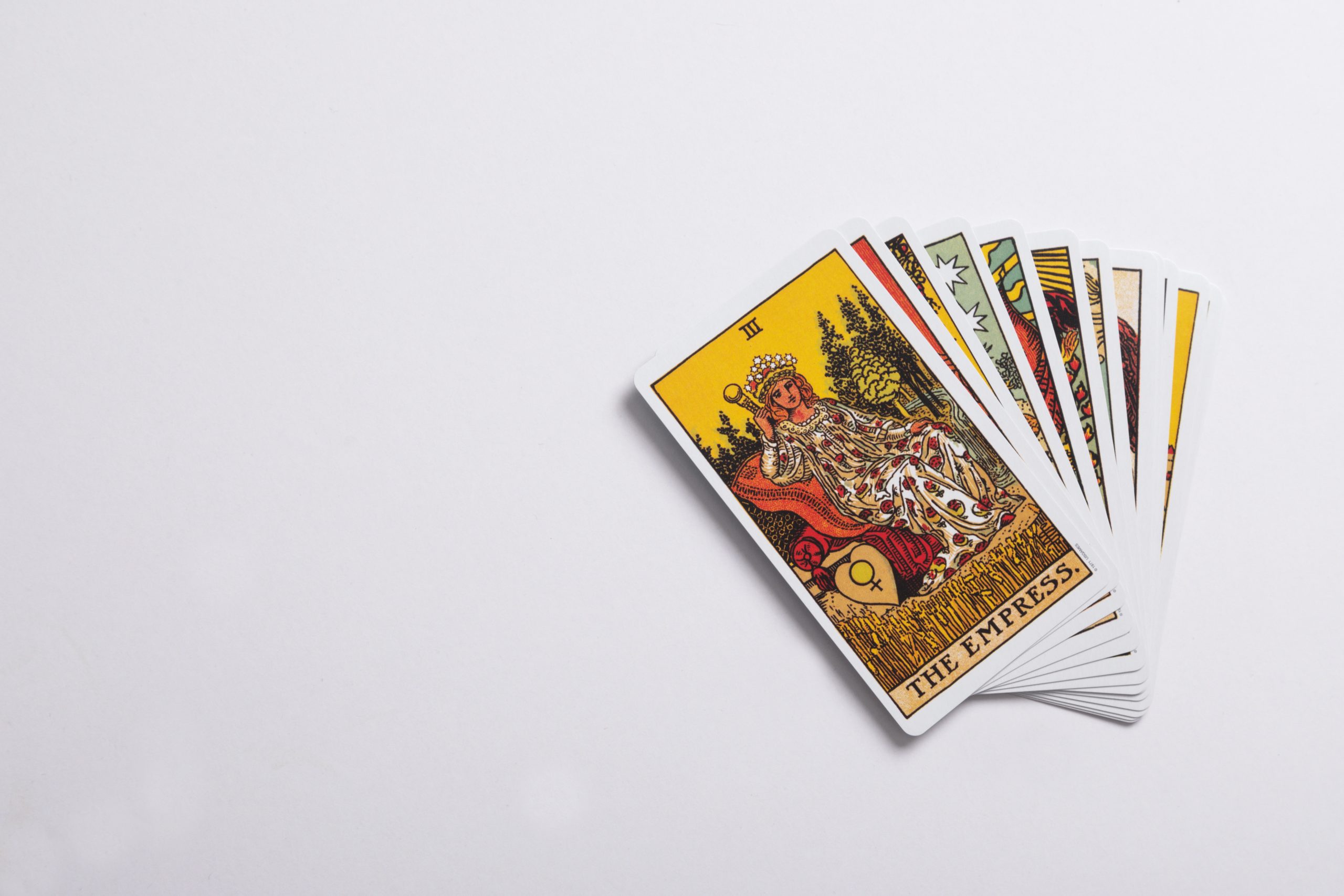How to Track Your Period with the Moon: A Detailed Guide
Welcome to our detailed guide on tracking your menstrual cycle using the moon as a guide. For centuries, humans have found a connection between the lunar cycle and menstruation. This belief is rooted in ancient traditions and has resurfaced in modern times with the rise of holistic health practices. While there is little scientific evidence to support this theory, many individuals find it helpful in understanding and predicting their menstrual cycles.
The Lunar Phase and Menstrual Cycle Connection
Throughout history, people living close to nature recognized the correlation between the lunar cycle and human fertility. The moon follows a 28-day cycle, similar to the average length of the menstrual cycle. This connection has led to the belief that tracking the moon’s phases can help predict the different stages of a woman’s menstrual cycle.
But, why is there a potential link between the two? Some theories suggest that because the moon influences tides, and our bodies are largely made up of water, the moon’s gravitational pull may have subtle effects on our hormonal balance. It’s important to note that this connection remains speculative, and more research is needed to establish a concrete link.
Understanding the Lunar Phases
Before we delve into how to track your period with the moon, let’s review the different lunar phases and their meanings:
| Lunar Phase | Description |
|---|---|
| New Moon | The moon is not visible from Earth. |
| Waxing Crescent | A small, crescent-shaped portion of the moon is visible. |
| First Quarter | Half of the moon is visible. |
| Waxing Gibbous | Most of the moon is visible, except for a small portion. |
| Full Moon | The entire moon is visible. |
| Waning Gibbous | Most of the moon is visible, except for a small portion. |
| Last Quarter | Half of the moon is visible. |
| Waning Crescent | A small, crescent-shaped portion of the moon is visible. |
Using the Lunar Phases to Track Your Period
Now that we have an understanding of the lunar phases, let’s explore how you can utilize this knowledge to track your period:
- Start by tracking the length of your menstrual cycles: Begin by noting down the start and end dates of your periods for a few months. Calculate the duration of each menstrual cycle by counting the number of days between each start date.
- Observe the lunar phases: Pay attention to the moon’s phases by using a lunar calendar or a moon phase tracking app. Note the lunar phase that coincides with the start of your menstrual cycle.
- Look for patterns: Over time, analyze whether there is a recurring pattern between the lunar phase and the start of your period. For example, do your periods tend to align with the new moon or the full moon?
- Adjust your expectations: Understand that using the moon as a menstrual cycle predictor may not work for everyone. Factors such as stress, hormonal imbalances, and lifestyle changes can also influence the regularity of your periods.
Other Factors to Consider
While tracking your menstrual cycle with the moon’s phases can be an interesting practice, it’s crucial to consider other factors that affect your reproductive health. Here are a few additional tips to keep in mind:
- Consult with a healthcare professional: If you experience irregular or painful periods, it’s essential to seek guidance from a healthcare provider. They can provide personalized advice and help identify any underlying issues.
- Maintain a healthy lifestyle: Eating a balanced diet, engaging in regular exercise, managing stress levels, and getting adequate sleep are all essential factors that can contribute to a healthy menstrual cycle.
- Use technology to your advantage: There are various smartphone apps and wearable devices available that can help you track your menstrual cycle accurately. These tools use algorithms and data analysis to predict your fertile days, ovulation, and more.
- Keep a period diary: Make notes about your menstrual cycle, including menstrual flow, accompanying symptoms, and emotional changes. This information can be valuable during healthcare provider appointments.
Conclusion
While there is no scientific consensus regarding the link between the moon’s phases and menstrual cycles, many individuals continue to find value in tracking their periods using the lunar calendar. Whether it’s due to the psychological reassurance it provides or an actual physical connection, the choice is yours to make. Remember, though, that solely relying on the moon to predict your menstrual cycle may not be foolproof.
Before embarking on any tracking method, consult with a healthcare professional to ensure you receive the best possible guidance for your reproductive health. Tracking your menstrual cycle is a personal journey, and finding a method that works for you will help foster a deeper understanding of your body and overall well-being.
Table of Contents
